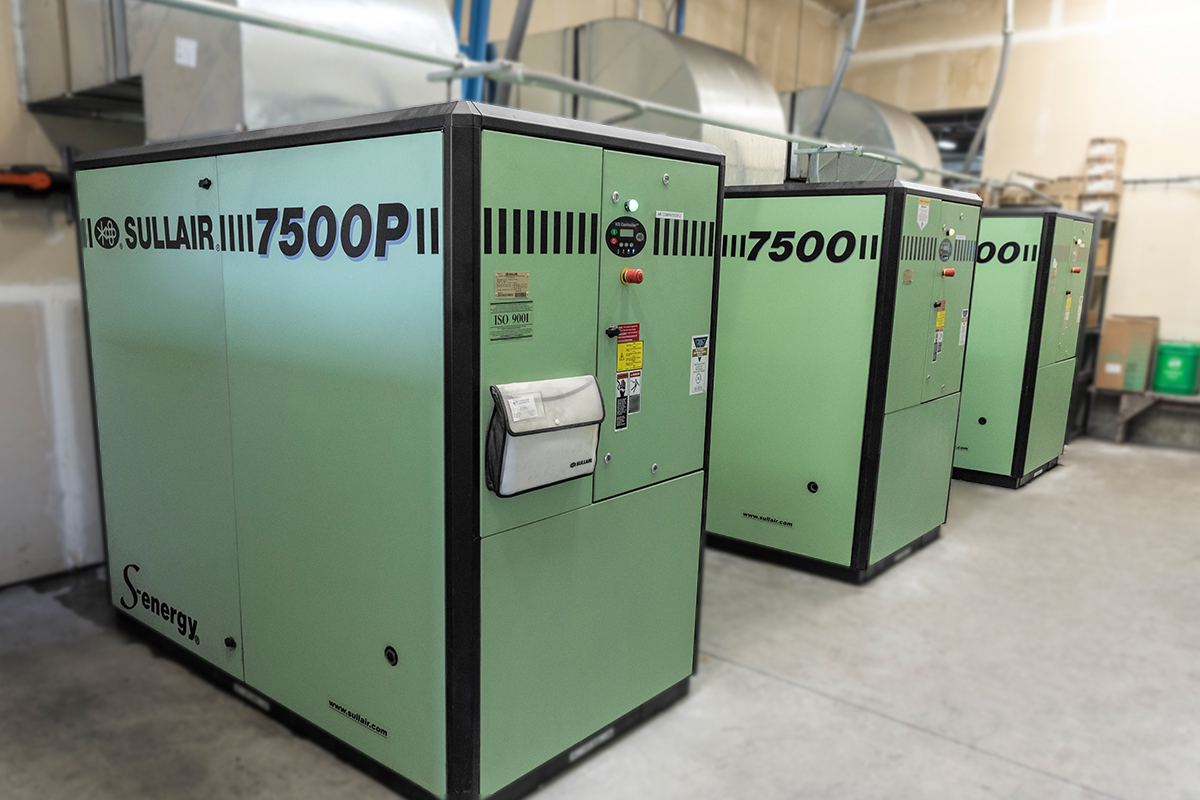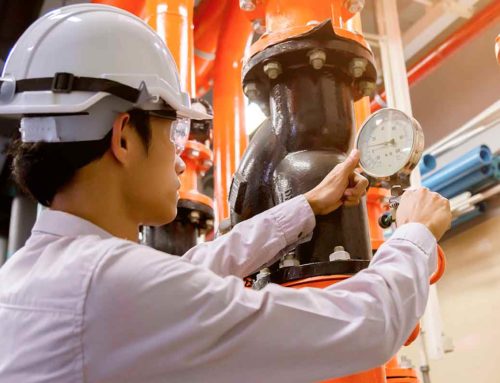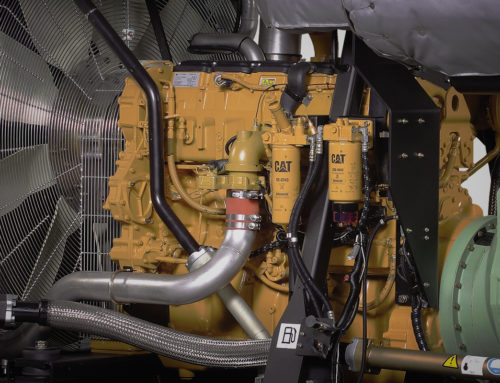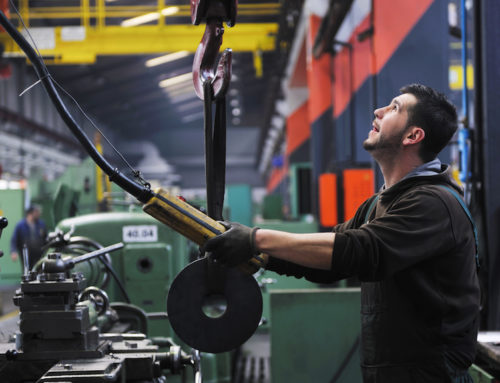Industrial air compressors have improved in many ways in the last several decades. Over the years, compressor OEMs have integrated a multitude of features to increase efficiency, improve serviceability and enhance user interface with compressed air equipment.
However, in spite of these improvements, the primary technologies utilized for air compression have remained mostly the same since the late 1960s. A few key types of industrial air compressor technologies dominate the marketplace, and each have characteristics that make them ideal for certain applications and environments.
Before purchasing a new industrial air compressor, end users should become familiar with these technologies and their respective benefits. By educating themselves before making a final purchase decision, they can be sure to select a compressor capable of reliably and efficiently meeting their needs for years to come.
Industrial air compressors can be divided into two primary types based on their theory of operation:
Positive Displacement compressors trap air molecules in a confined space (known as a compression chamber), then mechanically reduce the volume of the space. When volume is decreased, pressure is increased. Many types of industrial air compressors employ the principle of positive displacement.
Dynamic compressors increase air pressure in a different way. These machines use high speed impellers to accelerate air molecules to rapid velocity. The direction of the fast-moving air stream is then quickly changed in a device called a diffuser. This rapid change in direction causes the air molecules to bunch together – increasing pressure in the industrial air compressor.
Positive Displacement Compression
RECIPROCATING COMPRESSORS
Reciprocating compressors have been a staple of small commercial and industrial air compressor systems for decades. This old and familiar technology uses pistons and cylinders to create a compression chamber for positive displacement. The steady thumping sound of reciprocating compressors can be heard in small manufacturing and automotive repair shops around the world.
Despite their familiar technology and relatively low cost, reciprocating compressors are naturally limited in a few important areas. For example, reciprocating compressors are not widely available in sizes above 30hp (100cfm). Therefore, applications requiring larger capacities often require rotary screw or centrifugal compressor technology. Moreover, the cylinders and pistons in reciprocating compressors are subject to heavy wear – causing decreased capacity and increased oil carryover over time. The noisy operation of reciprocating compressor is also a limiting factor, as end users must install them away from offices or other spaces where high noise is disruptive.
In spite of these limitations, reciprocating compressors can be a good fit for many light or intermittent compressed air applications. Talk to your local compressed air expert to determine if a reciprocating compressor makes sense for your facility.
ROTARY SCREW COMPRESSORS
Rotary screw compressors have been widely used in commercial and industrial applications since the 1960s. They are robust and durable machines that can be deployed in a variety of applications and environments. Because of their versatility, rotary screw compressors are some of the most common in the market today.
Rotary screw compressors are positive displacement machines. Their compression chamber contains two rotors (or “screws”) that each have several lobes. When the two rotors are turned, their lobes interlock to create air pockets. The volume of these air pockets is progressively decreased as they travel through the compression chamber – causing pressure to increase.
Rotary screw compressors are known for smooth, reliable operation in almost any application or environment. They are available in a wide range of capacities (5-600hp+) and deliver a steady supply of compressed air that is free from pulsation. Additionally, rotary screw compressors are designed for high duty cycles at full load capacity. They can operate at their maximum discharge capacity for long periods of time without risk of excess wear or damage.
Rotary screw compressors can be equipped with several control options to enhance efficiency at part load. Additionally, they are available in oil-flooded or oil-free configurations.
The incredible versatility of rotary screw compressors makes them an easy choice for many industrial compressed air applications. If you think a rotary screw compressor might be a good fit for your next project, call your trusted compressed air specialist for a professional recommendation.
SCROLL COMPRESSORS
Scroll compressors are a relative newcomer to the commercial compressor landscape. However, their quiet operation and oil-free compression technology has made them increasingly popular for laboratories and medical applications.
Scroll technology has been widely used in refrigeration systems for years. These positive displacement machines contain two interlocking scrolls. The orbiting scroll rotates around the fixed scroll in a circular motion. In this way, progressively shrinking pockets of air are carried through the compression chamber – increasing pressure along the way. The air is then discharged at final pressure into the system of the industrial air compressor.
Scroll compressors are limited in size, so larger machines usually contain several scroll pumps combined into a single unit. However, despite their comparatively small capacities, scroll compressors emit very low operating noise. The average scroll compressor is as quiet as a common household refrigerator. Because of this, these machines are a great solution for labs and office spaces where noisy industrial machines are not practical.
Additionally, scroll compressors contain no lubricant in their compression chamber. This oil-free design makes them a safe choice for medical and lab projects where compressed air quality is critical.
Dynamic Compressors
CENTRIFUGAL COMPRESSORS
Centrifugal compressors are capable of delivering extremely large volumes of oil-free compressed air. This particular dynamic industrial air compressor uses one or more sets of impellers to impart velocity to incoming air molecules. The high-velocity air stream is then passed through a diffuser, which quickly changes the direction of travel – causing the air molecules to bunch together, thus increasing pressure.
Centrifugal compressors are used primarily in applications where air demand is extremely high. Major automotive plants, refineries, beverage bottle production and large-scale manufacturing facilities often use centrifugal compressors to supply their compressed air needs.
Because of their large drivers (up to 10,000hp+), high rotational speeds and dynamic compression technology, centrifugal compressors carry a different set of considerations than positive displacement machines. Careful planning and engineering must be conducted when selecting a new centrifugal industrial air compressor. However, in applications where large and steady volumes of compressed air are required, centrifugal compressors are often the most efficient and practical long-term solution.
End users should consult their trusted compressed air expert for a detailed system analysis before purchasing a new air compressor. Each technology offers unique characteristics that can benefit specific applications. However, with a proper planning and a little knowledge, buyers can be sure they make the right choice.




